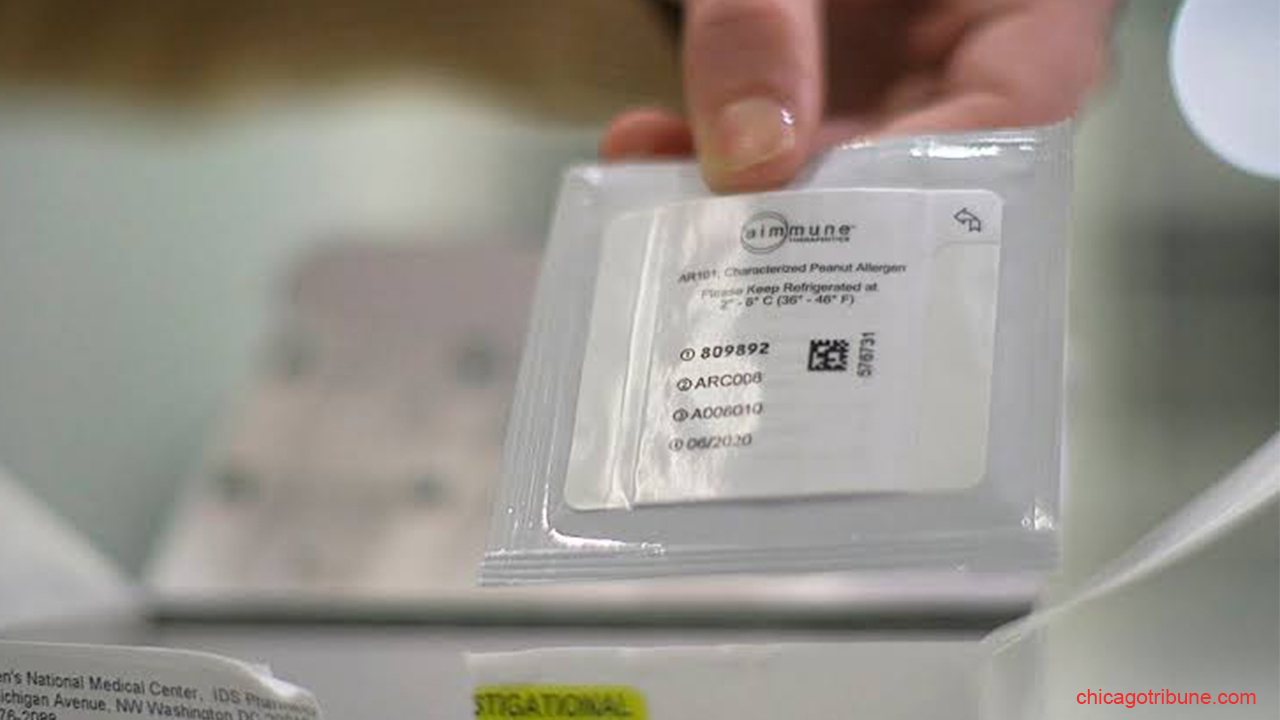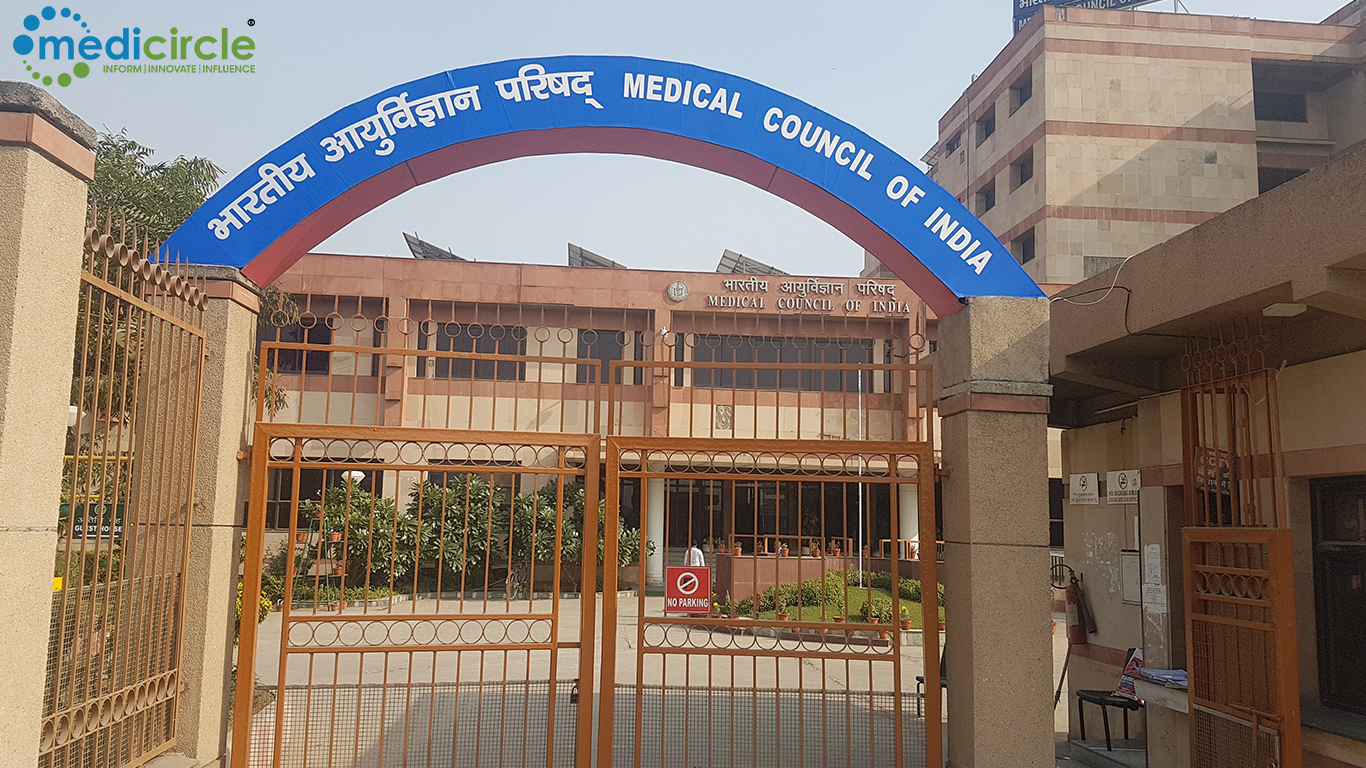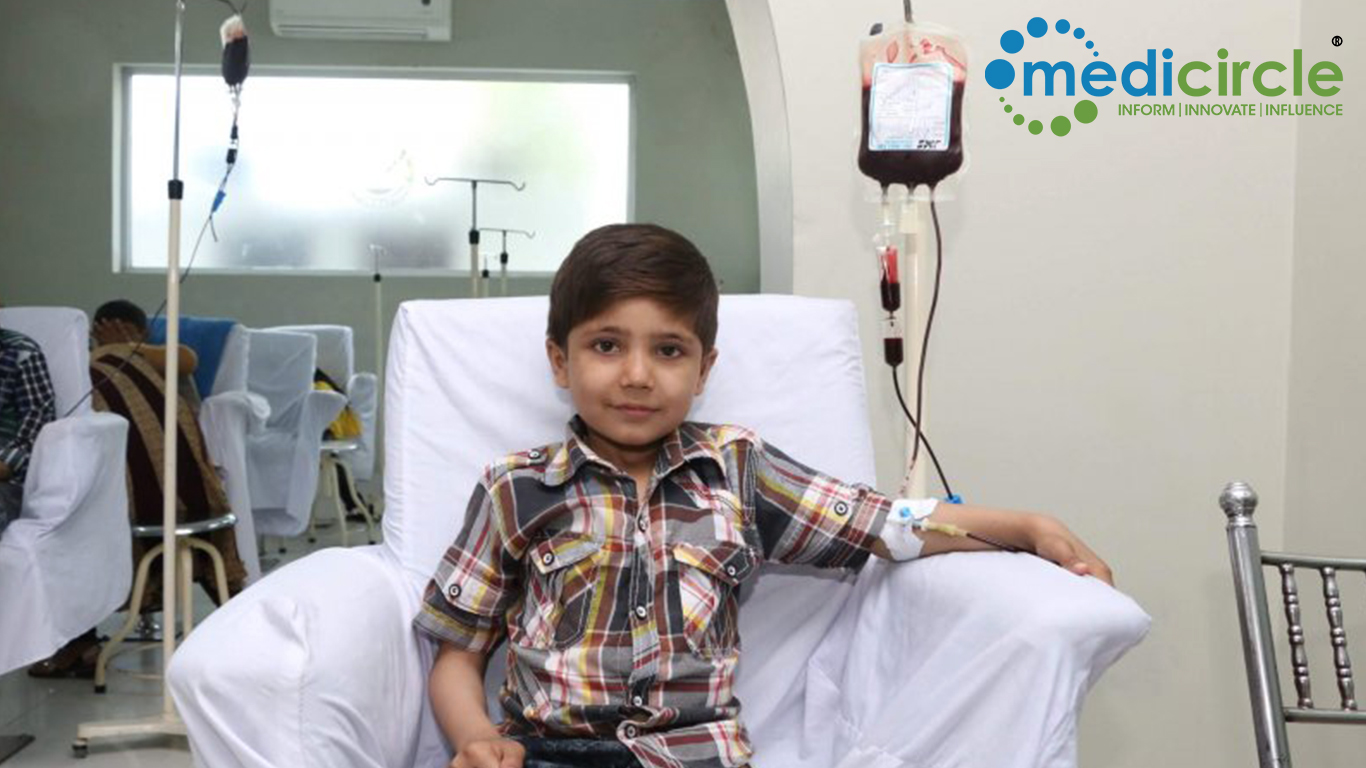Today the U.S. Food and Drug Administration approved Palforzia [Peanut (Arachis hypogaea) Allergen Powder-dnfp] to mitigate allergic reactions, including anaphylaxis, that may occur with accidental exposure to peanuts. Treatment with Palforzia may be initiated in individuals ages 4 through 17 years with a confirmed diagnosis of peanut allergy and may be continued in individuals 4 years of age and older. Those who take Palforzia must continue to avoid peanuts in their diets.
"Peanut allergy affects approximately 1 million children in the U.S. and only 1 out of 5 of these children will outgrow their allergy. Because there is no cure, allergic individuals must strictly avoid exposure to prevent severe and potentially life-threatening reactions," said Peter Marks, M.D., Ph.D., director of the FDA's Center for Biologics Evaluation and Research. "Even with strict avoidance, inadvertent exposures can and do occur. When used in conjunction with peanut avoidance, Palforzia provides an FDA-approved treatment option to help reduce the risk of these allergic reactions in children with peanut allergy."
Peanut allergy is a condition in which the body's immune system mistakenly identifies even small amounts of peanut as harmful. Allergic reactions to peanut are unpredictable in occurrence and in how they present, with some individuals experiencing severe reactions from even trace amounts. Physical symptoms can develop within seconds of exposure and may include skin reactions (e.g., hives, redness or swelling), digestive discomfort, or more dangerous reactions, such as the constriction of the throat and airways, and loss of adequate blood flow to vital organs of the body. Antihistamines and epinephrine can be used to treat allergic reactions, but severe reactions can be fatal even with appropriate, prompt treatment. Palforzia cannot be used for the emergency treatment of allergic reactions, including anaphylaxis.
Treatment with Palforzia consists of three phases: Initial Dose Escalation, Up-Dosing, and Maintenance. The Initial Dose Escalation phase is given on a single day. The Up-Dosing phase consists of 11 increasing dose levels and occurs over several months. Initial Dose Escalation, and the first dose of each Up-Dosing level, are administered under the supervision of a healthcare professional in a healthcare setting with the ability to manage potentially severe allergic reactions, including anaphylaxis. While anaphylaxis can occur at any time during Palforzia therapy, patients are at the highest risk during and after the Initial Dose Escalation and the first dose of each Up-Dosing level. During Up-Dosing, if the patient tolerates the first dose of an increased dose level, the patient may continue that dose level daily at home. After a patient completes all Up-Dosing levels, they may begin the daily maintenance dose. Patients who experience certain allergic reactions due to Palforzia may need to discontinue treatment or have their dosing schedule modified.
Palforzia is a powder that is manufactured from peanuts and packaged in pull-apart colour-coded capsules for Dose Escalation and Up-Dosing, and in a sachet for maintenance treatment. The powder is emptied from the capsules or sachet and mixed with a small amount of semisolid food - such as applesauce, yoghurt, or pudding - that the patient then consumes.
The effectiveness of Palforzia is supported by a randomized, double-blind, placebo-controlled study conducted in the U.S., Canada and Europe in approximately 500 peanut-allergic individuals. Effectiveness was assessed by evaluating the percentage of study participants tolerating an oral challenge with a single 600 mg dose of peanut protein (twice the daily maintenance dose of Palforzia) with no more than mild allergic symptoms after 6 months of maintenance treatment. The results showed that 67.2% of Palforzia recipients tolerated a 600 mg dose of peanut protein in the challenge, compared to 4.0% of placebo recipients.
The safety of Palforzia was assessed in two double-blind, placebo-controlled studies in approximately 700 peanut-allergic individuals. The most commonly reported side effects of Palforzia were abdominal pain, vomiting, nausea, tingling in the mouth, itching (including in the mouth and ears), cough, runny nose, throat irritation and tightness, hives, wheezing and shortness of breath and anaphylaxis. Palforzia should not be administered to those with uncontrolled asthma.
To mitigate the risk of anaphylaxis associated with Palforzia, the FDA is requiring a Risk Evaluation and Mitigation Strategy (REMS) with this approval, which includes elements to assure safe use. Palforzia will only be available through specially certified healthcare providers, health care settings, and pharmacies to patients who are enrolled in the REMS program. The FDA is requiring that healthcare providers who prescribe Palforzia - and healthcare settings that dispense and administer Palforzia - are educated on the risk of anaphylaxis associated with its use. In addition, the Initial Dose Escalation phase and the first dose of each Up-Dosing level must only be administered to patients in a certified healthcare setting equipped to monitor patients and to identify and manage anaphylaxis. Patients or their parents or caregivers must also be counselled on the need for the patients to have injectable epinephrine available for immediate use at all times, the need for continued dietary peanut avoidance, and how to recognize the signs and symptoms of anaphylaxis.
The FDA granted approval of Palforzia to Aimmune Therapeutics.

 FDA approves drug for treating peanut allergy
FDA approves drug for treating peanut allergy




















.jpg)











